Officials at NASA announced that the Artemis I mission will be pushed back ever further than originally planned.
The space agency was originally aiming for September 23, but had to push it back to September 27. October 2 is a potential backup date that is currently being reviewed, as well.
Currently, NASA is still working through the issues with the rocket that took place during their first attempt of the mission at the Kennedy Space Center in Florida on September 3.
The first attempt was scrubbed because the engineers were unable to cool one of the rocket’s four core stage RS-25 engines down to a safe temperature prior to liftoff. NASA has since announced that they have fixed this problem, which they blamed on a faulty temperature sensor.
During the second attempt, the craft was being filled with its liquid hydrogen field, altering engineers to a crack in the seal of one of the rocket’s engines.
While NASA had planned on testing the system for fueling the liquid hydrogen on September 17, the date was then pushed back to September 21.
“The updated date represent careful consideration of multiple logistical topics, including the additional value of having more time to prepare for the cryogenic demonstration test, and subsequently more time to prepare for the launch,” NASA announced on the Artemis blog.
What is the Artemis mission?
Artemis I is the Artemis program’s first mission. It will carry out a 42-day uncrewed test flight to orbit the moon and return to Earth. The Space Launch System (SLS), a new launch vehicle and the most powerful rocket that is currently operational in the world, will be used during this trip.
To allow scientists and engineers at NASA to properly prepare for their astronauts, three mannequins will be on board the first trip, all of which will be made of materials that replace both male and female biology.
All of the data that is collected from the Artemis I mission will be applied to the Artemis II mission, which is currently planned for 2024 and has not been affected by the pushbacks of the Artemis I launch.
Aboard Artemis
Moonikin Campos, one of the mannequins in the vehicle, won its name from a public contest and is named after Arturo Campos, the engineer who was instrumental in safely getting the Apollo 12 crew back to Earth.
Moonikin Campos will sit in the commander’s seat. Under his seat, sensors will be measuring acceleration and vibration to assess what the crew will experience during the actual flight.
Along with Moonikin Campos, there will be two other mannequins: Helga and Zohar.
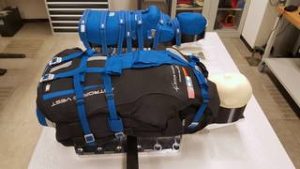
Helga and Zohar, the mannequin torsos known as phantoms that will sit alongside Moonikin Campos. | Credit: NASA
These are what NASA calls phantoms. Phantoms are mannequin torsos that are made of materials that mimic human bones, soft tissues, and adult female organs. These phantoms will also help radiation detection and measurement, so as to determine how much radiation the crew will encounter.
Artemis II mission
NASA will land the first woman and first person of color on the moon through the Artemis mission, which will allow more of the lunar surface to be explored than ever before and bring humans back to the moon for the first time since 1972.
The second mission will use the Space Launch System (SLS) and the Orion spacecraft, just like the Artemis I mission. Artemis II, however, will be a manned, eight-day mission.
The mission will assess how ready the Artemis program is to send more people to the moon’s surface.
The goal for the Artemis program is not only to bring humans back to the moon, to get women and people of color on the moon, and to explore more of the moon, but also to gather information that will allow us to travel to Mars.

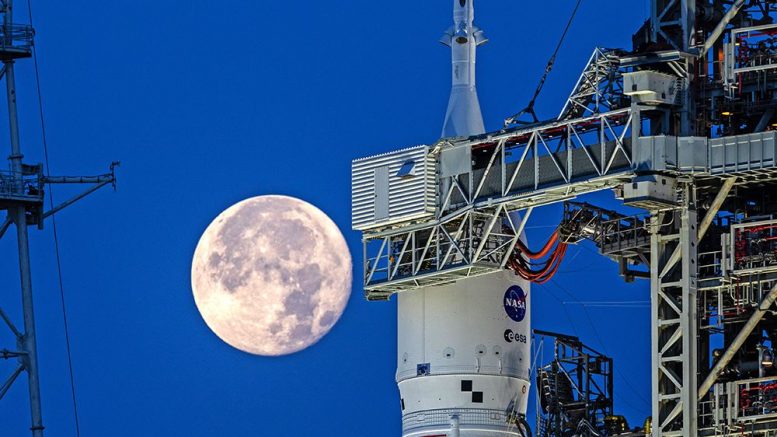
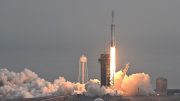
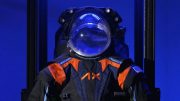
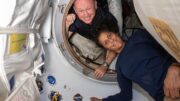

Be the first to comment on "All About the Artemis Mission"